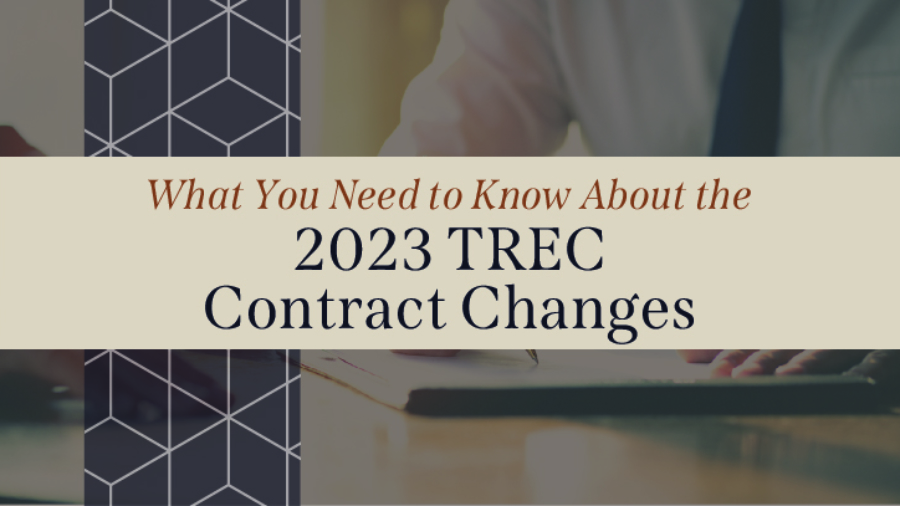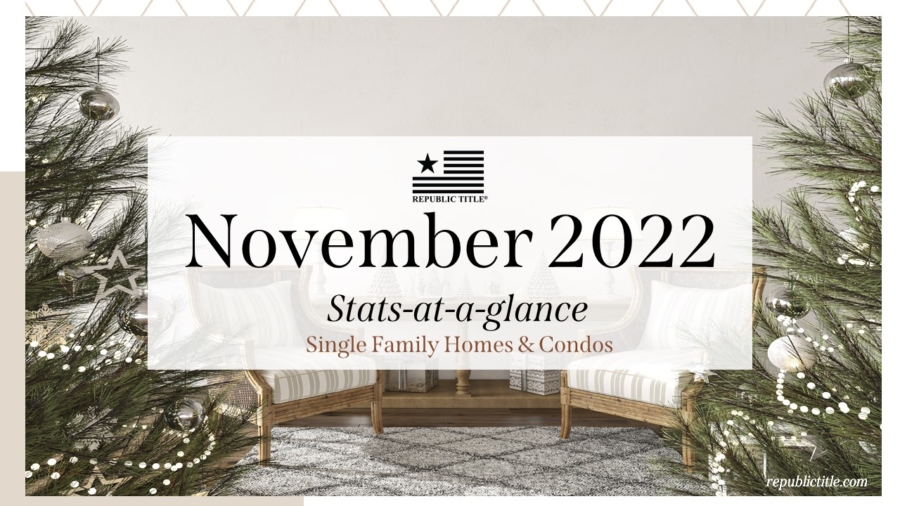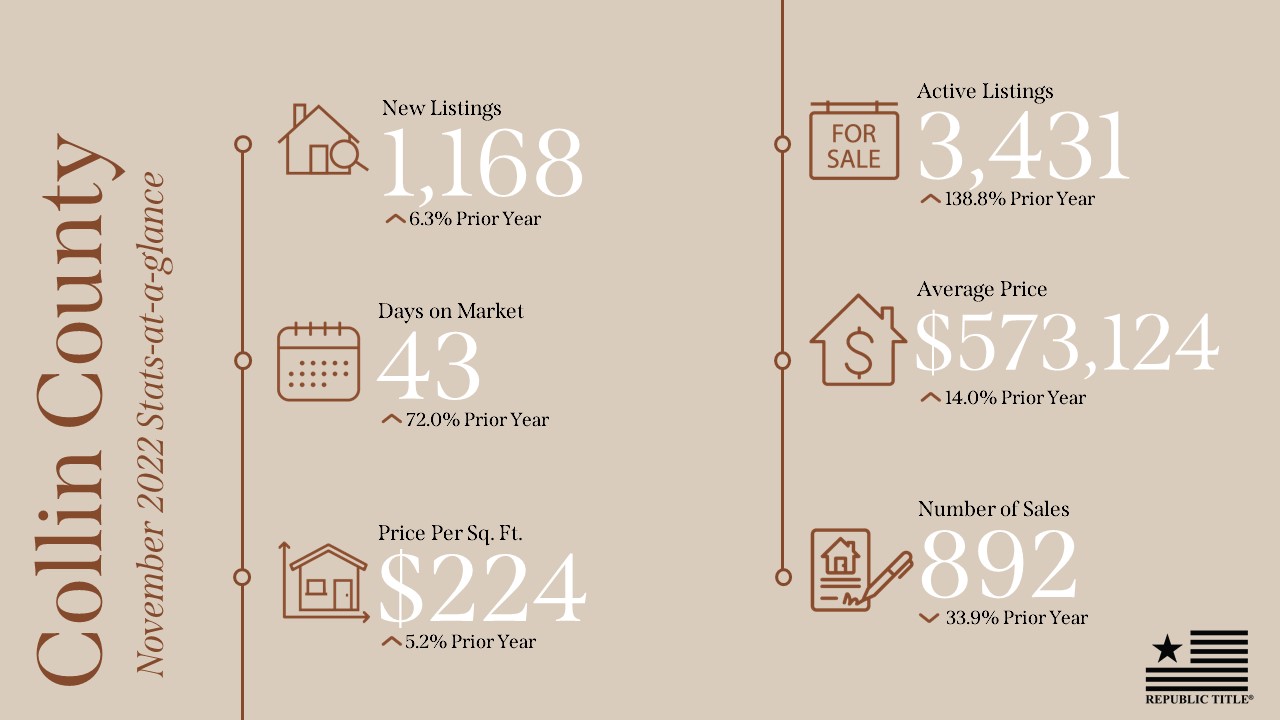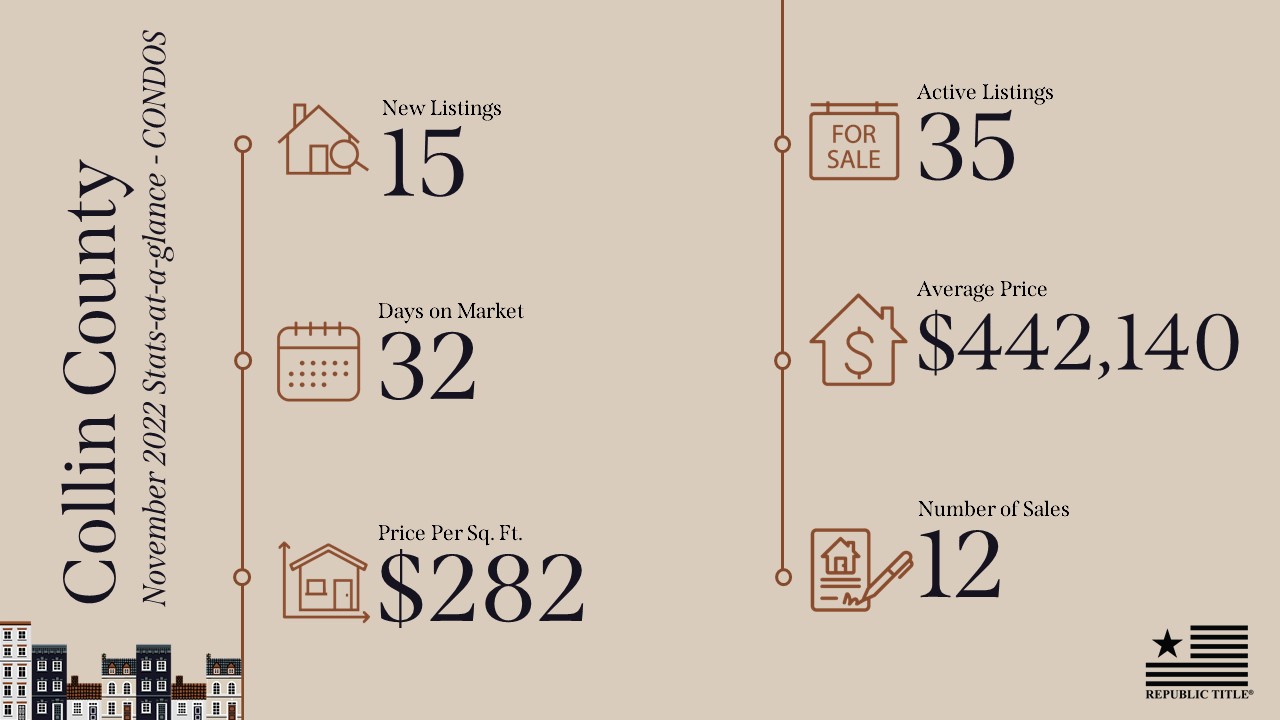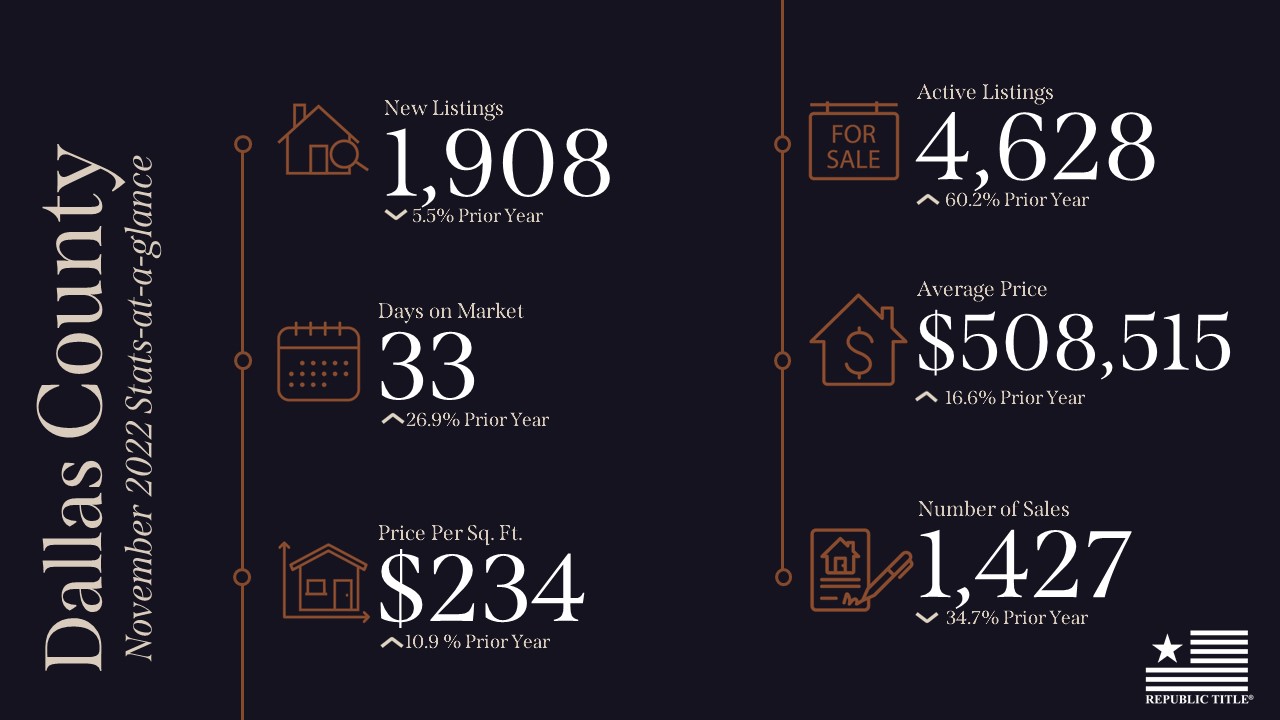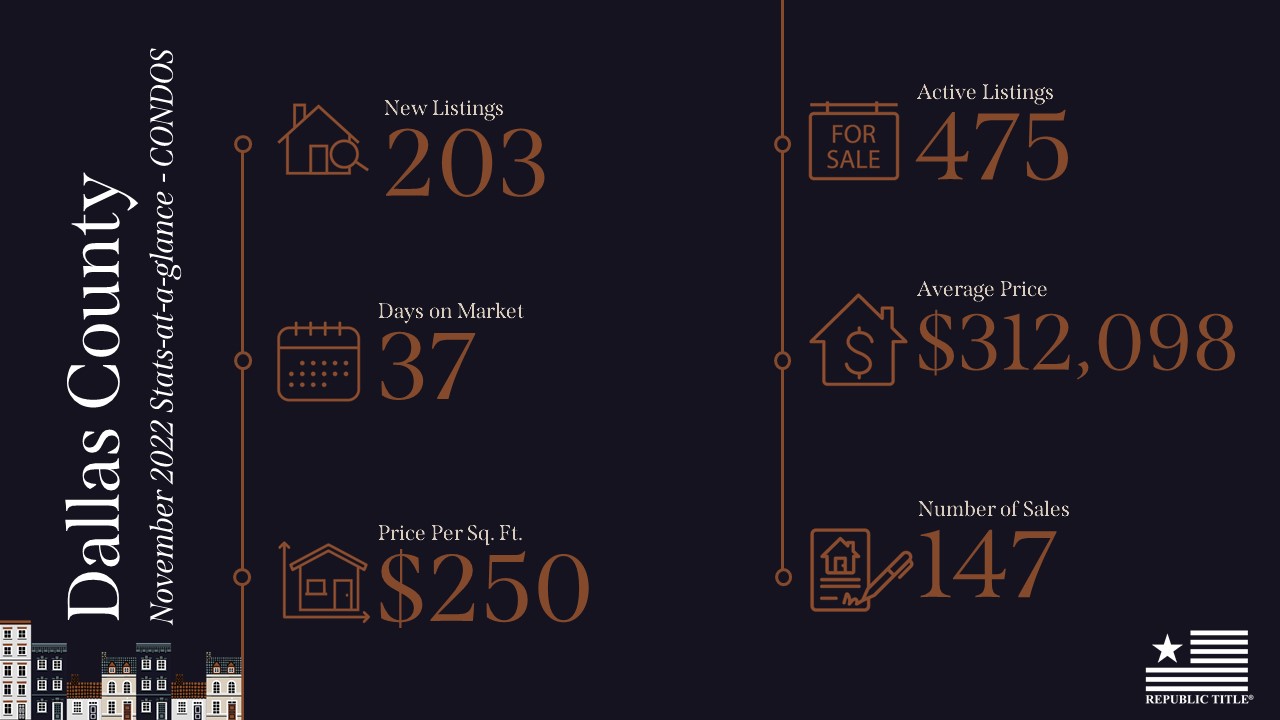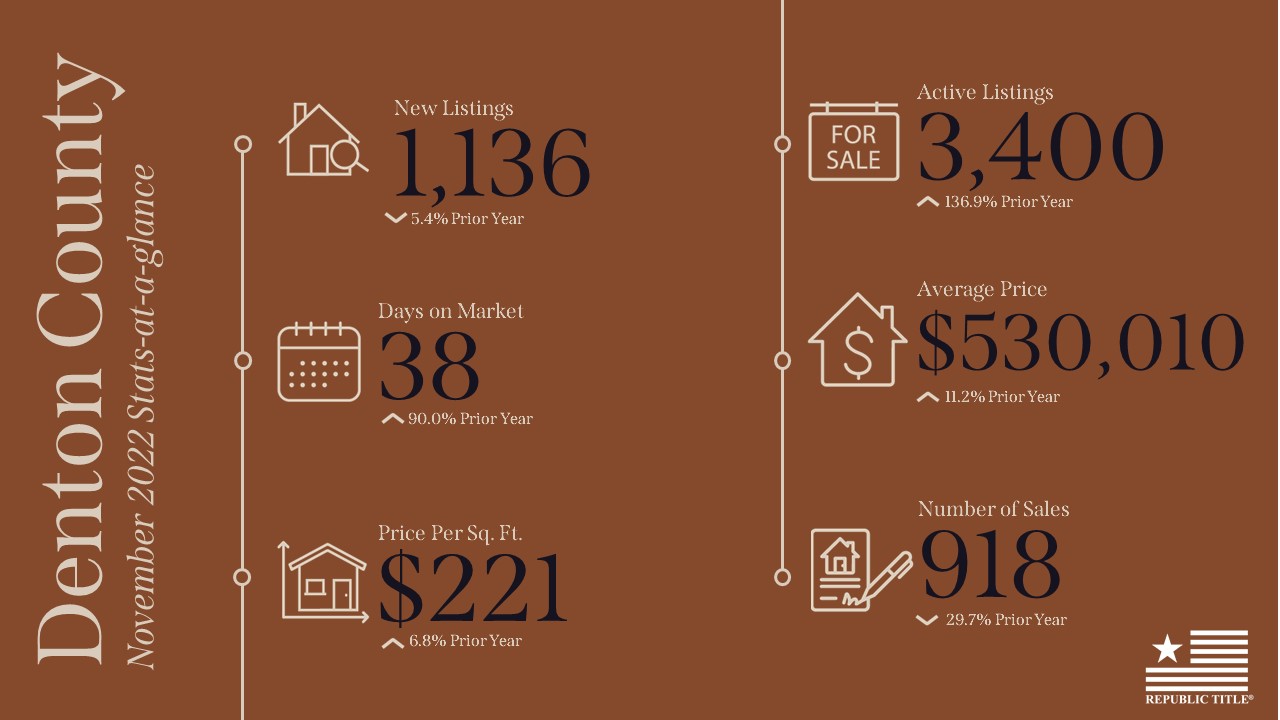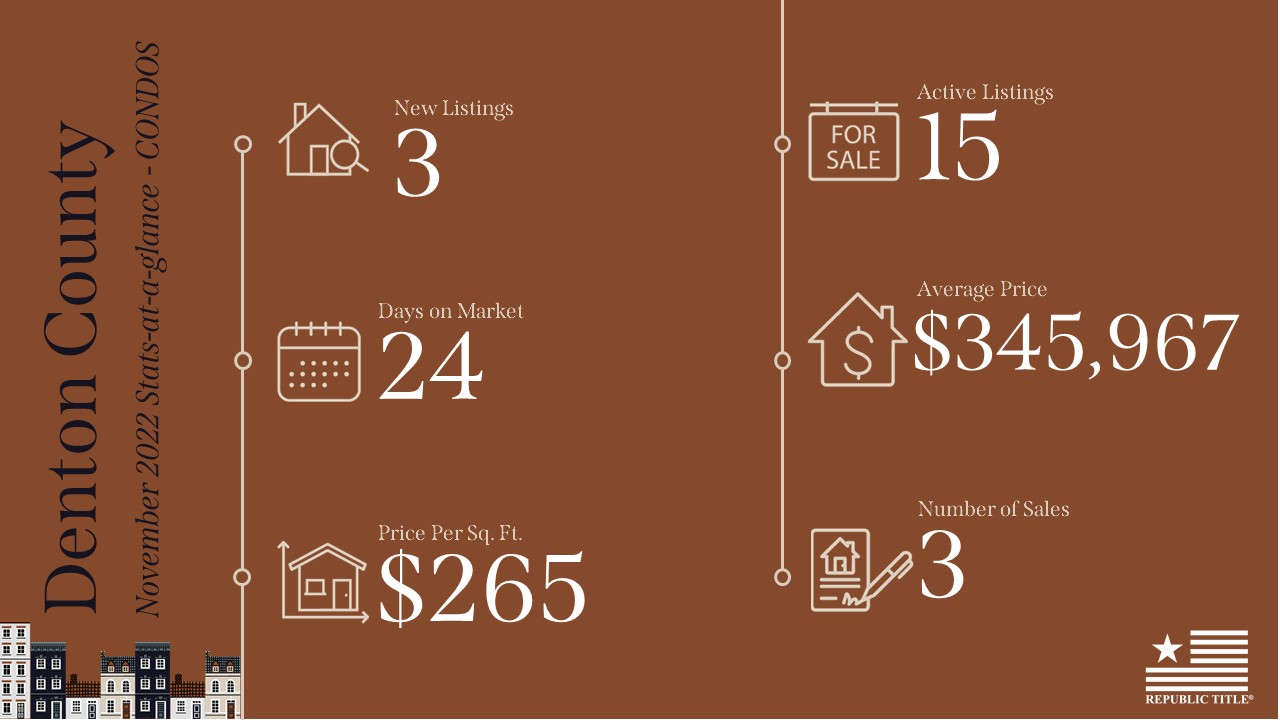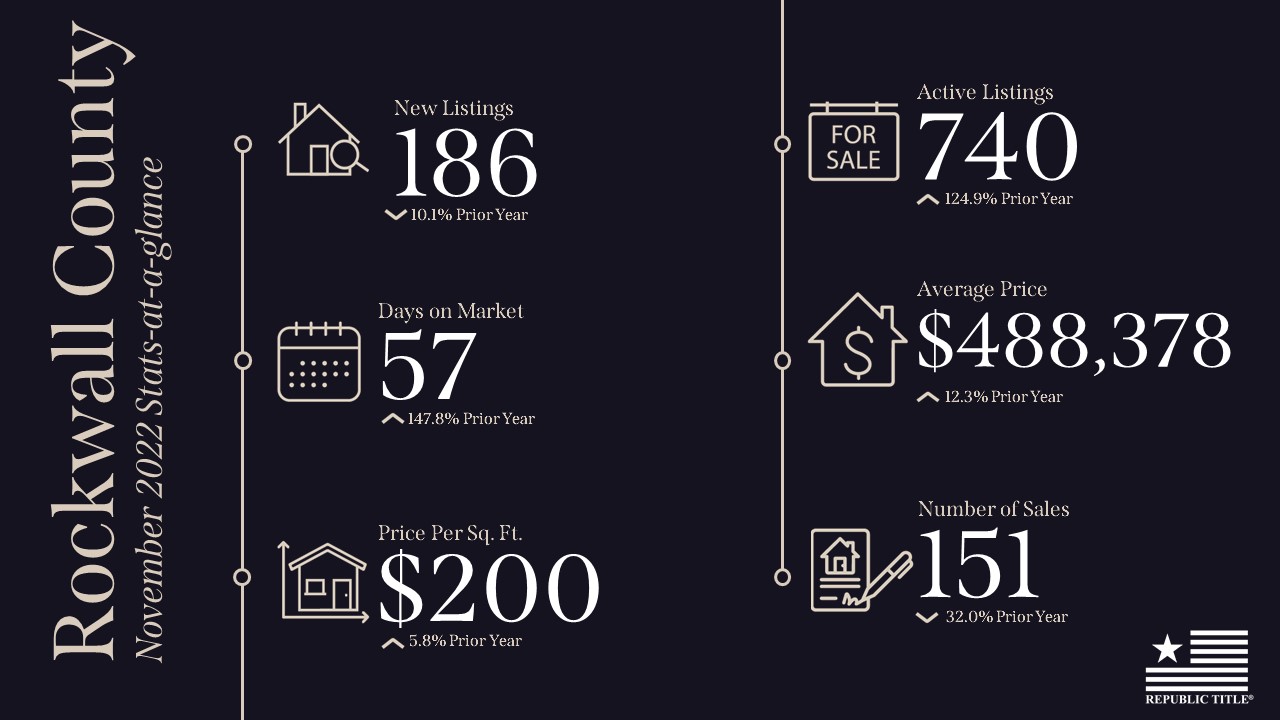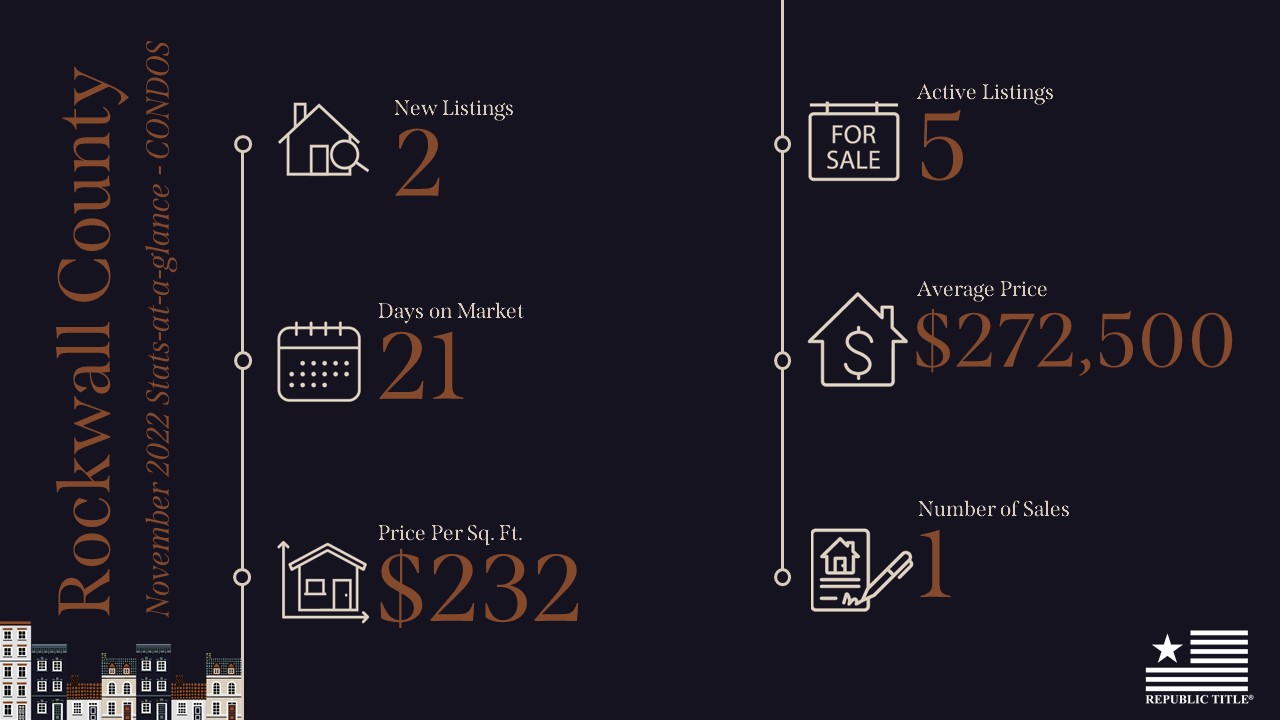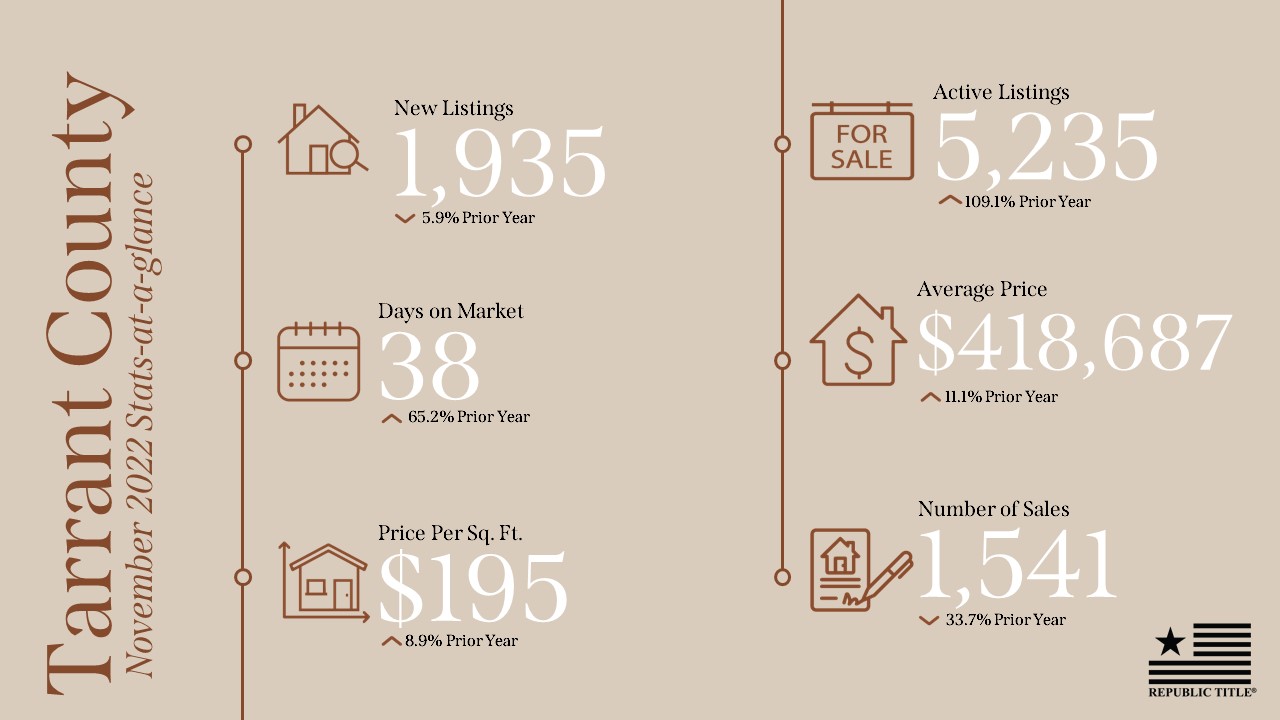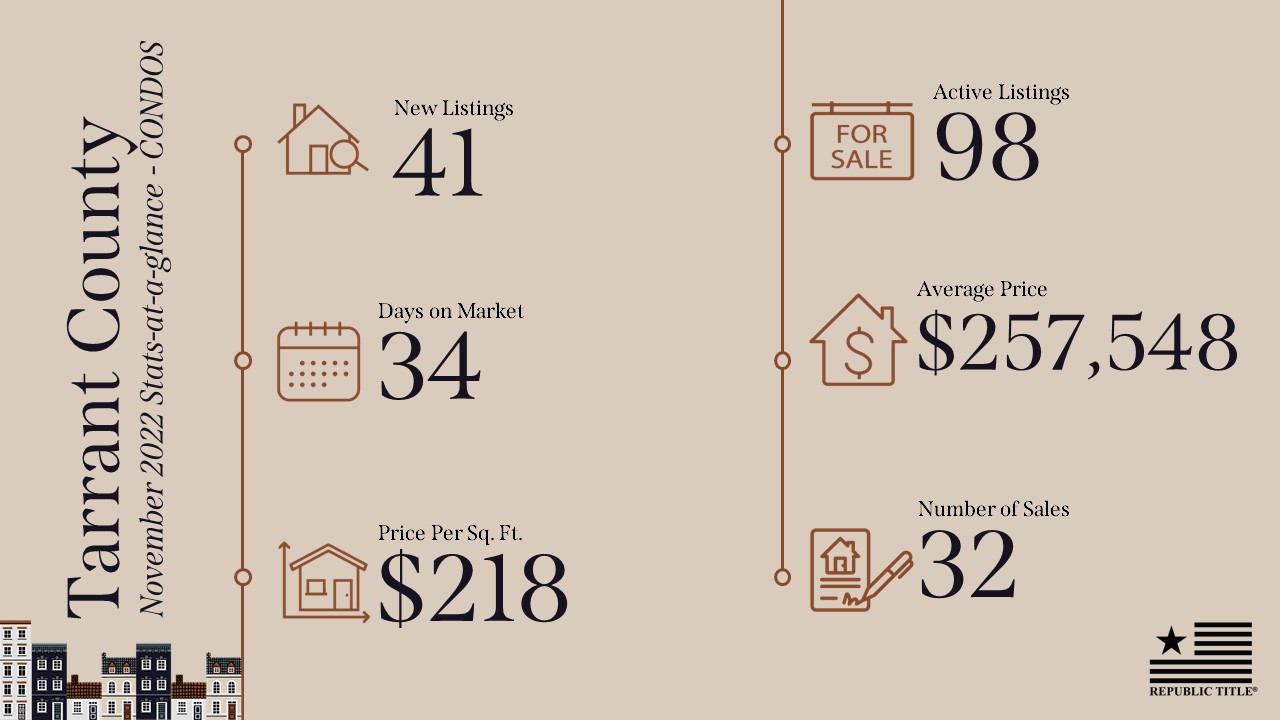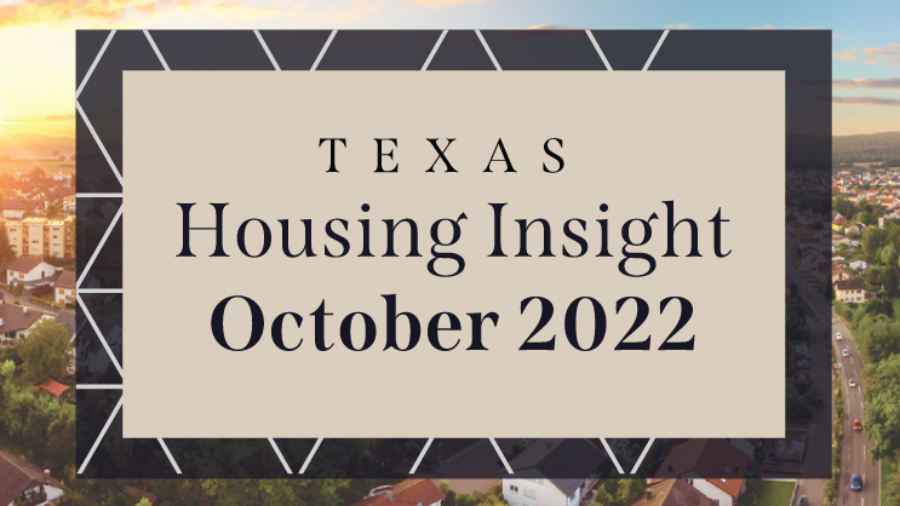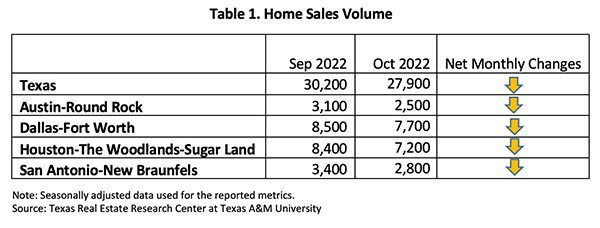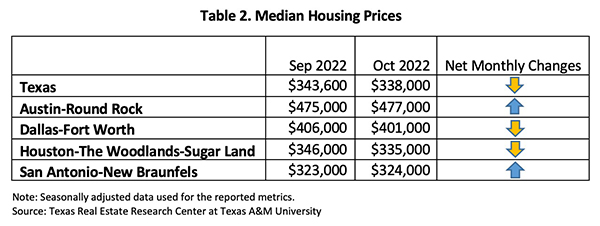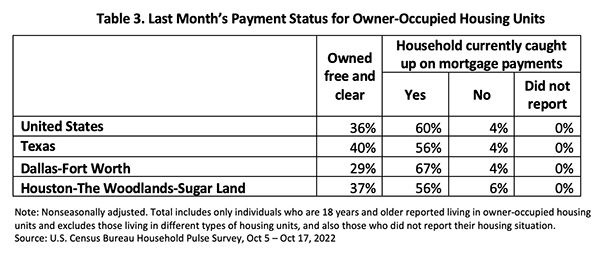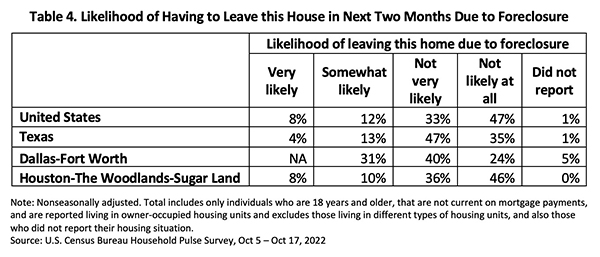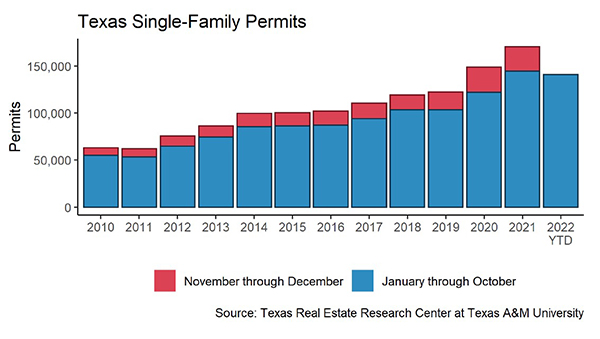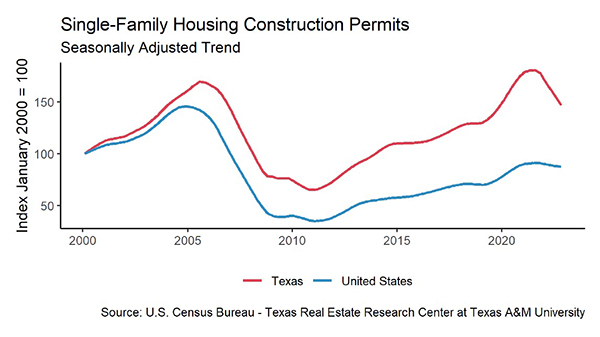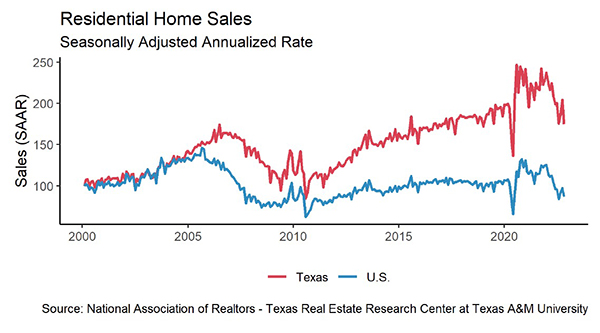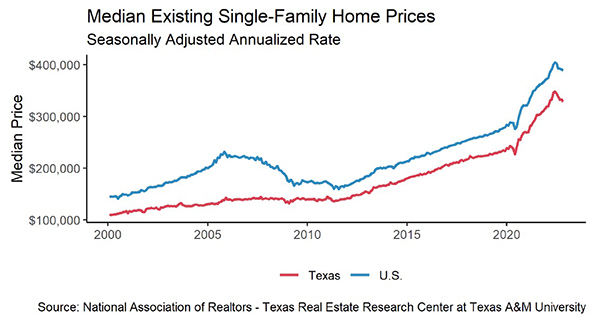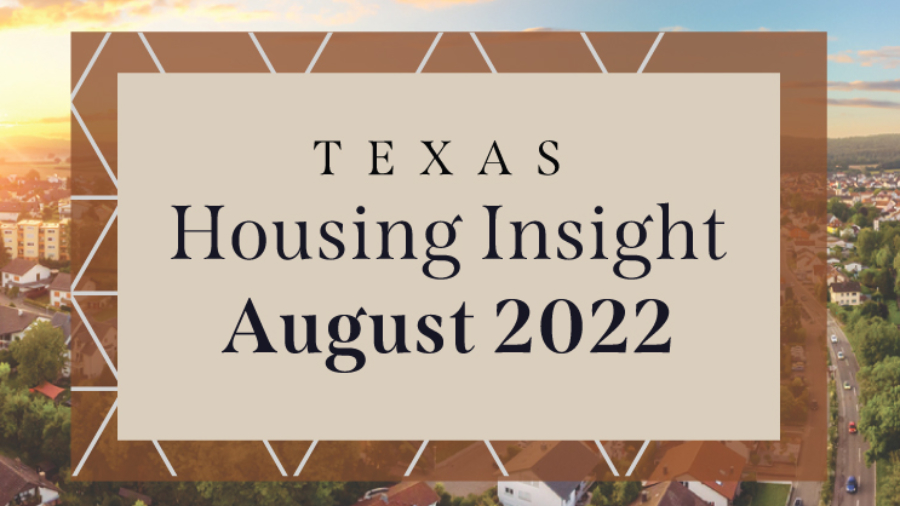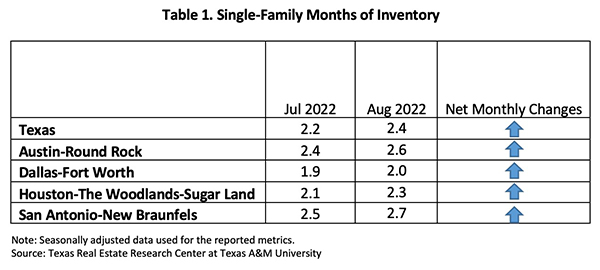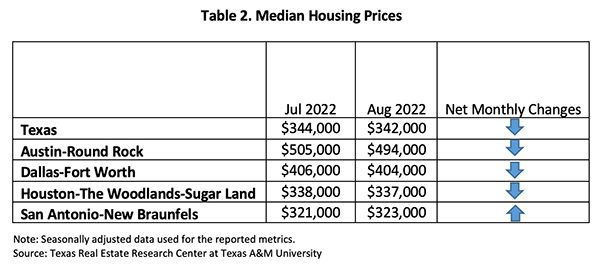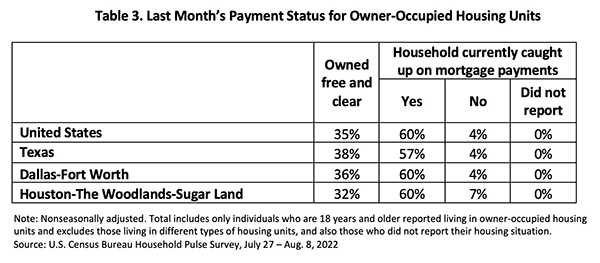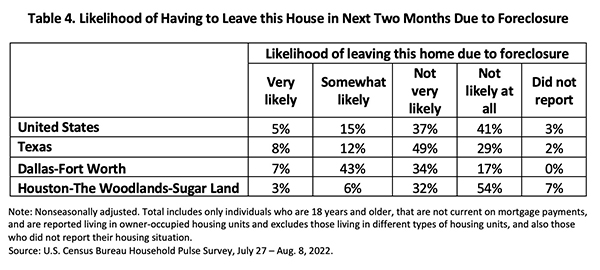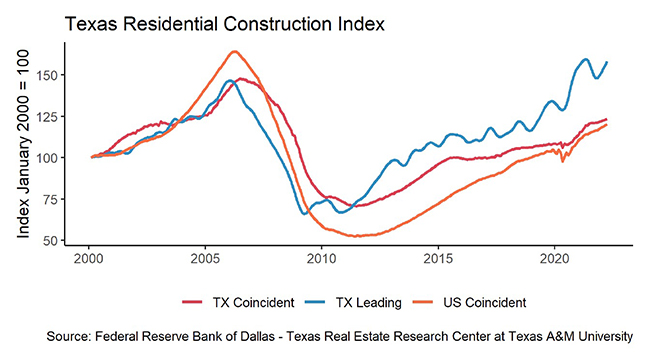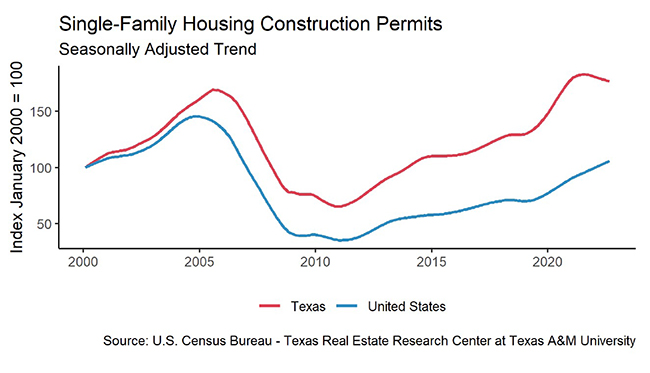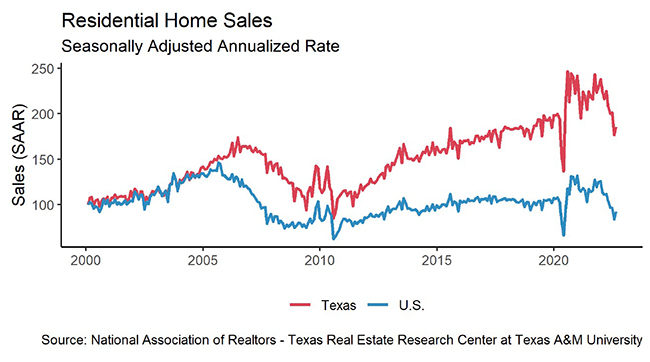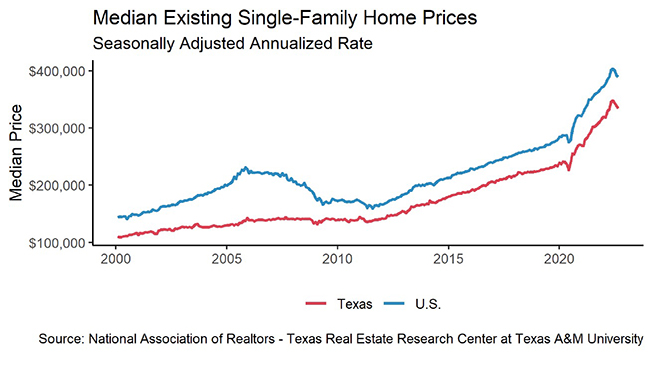In November 2022, the Texas Real Estate Commission adopted form revisions recommended by the Texas Real Estate Broker-Lawyer Committee that will become mandatory on February 1, 2023. Read on for the key takeaways as well as several different resources to help you navigate the upcoming changes.
- On November 7, 2022 the Texas Real Estate Commission adopted form revisions recommended by the Texas Real Estate Broker-Lawyer Committee. When are the forms effective? TREC says “The Notice to Prospective Buyer form is a voluntary use form and may be used once posted on the agency’s website. All remaining contract forms, once posted on the agency website, will be available for voluntary use until February 1, 2023, when their use becomes mandatory.”
- The following forms have been updated/changed:
Purchase Contracts –
• One to Four Family Residential Contract (Resale)
• New Home Contract (Incomplete Construction)
• New Home Contract (Completed Construction)
• Farm and Ranch Contract
• Residential Condominium Contract (Resale)
Addendum & Amendments –
• Seller Financing Addendum
• Addendum for Property Subject to Mandatory Membership in a Property Owners Association (HOA Addendum)
• Amendment (Contract Amendment)
• Third Party Financing Addendum
• Addendum for Reservation of Oil, Gas and Other Minerals (Oil & Gas/Mineral Rights Addendum
• Addendum Regarding Residential Leases (Lease Back Addendum)
• Addendum Regarding Fixture Leases
• Loan Assumption Addendum
• Notice to Prospective Buyer - The forms listed above are available on the TREC website and zipForms now and will replace the old versions of the forms. https://www.trec.texas.gov/article/revised-forms-available-voluntary-use-mandatory-use-begins-february-1-2023
HIGHLIGHTS OF THE CHANGES
WHICH FORM & SECTION?
Paragraph 3 of the One to Four Family Residential Contract (Resale)
WHAT’S CHANGED?
The Contract was changed to define the Cash portion of the Sales Price as follows: The term “Cash portion of the Sales Price” does not include proceeds from borrowing of any kind or selling other real property except as disclosed in this contract.
The Buyer should disclose if they are obtaining any financing or selling a property to obtain the cash portion of the Sales Price. Additionally, the Third Party Financing Addendum is updated to add “Other Financing” to accommodate alternative or hard money lenders.
WHICH FORM & SECTION?
Paragraph 7F of the One to Four Family Residential Contract (Resale)
WHAT’S CHANGED?
This paragraph is revised to require that the Seller: (i) provide the Buyer with copies of documentation related to repairs that shows both the scope of work and payment for the work completed; and (ii) transfer, at Seller’s expense, any transferable warranties related to those repairs at closing.
Also note, paragraph 9B(3) is amended to add that at closing, the Seller and Buyer shall execute and deliver any documents required for the transfer of any warranties, which could include additional warranties not covered under paragraph 7F.
WHICH FORM & SECTION?
Paragraph C of the Addendum for Property Subject to Mandatory Membership in a Property Owners Association (HOA Addendum)
WHAT’S CHANGED?
Paragraph C is amended to clarify that regular periodic maintenance fees, assessments or dues (including prepaid items) are prorated under Paragraph 13 of the contract and are not subject to Paragraph C of the Addendum.
Want to learn more? Join one of our three upcoming Contract Forms Update classes which will cover the 2023 changes.
January 11th with Steve Holley, Senior Vice President/Residential Counsel
January 20th with Matthew Visinsky, Senior Vice President/Senior Residential Counsel
January 26th with Charles Kramer, Independent Legal Counsel, Hunter & Kramer PC
Register now at www.republictitle.com/residential-education
Supplemental information to accompany Contract Forms Update classes can be found here: Contract Forms Update
Click here for printable version

